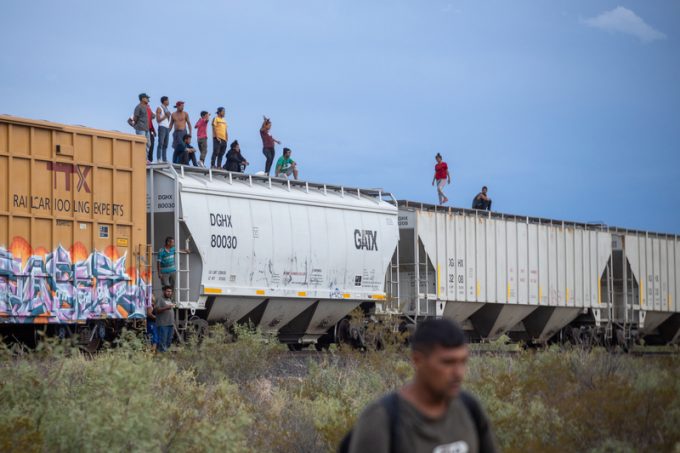Semiconductors could compensate for air freight's lost ecommerce traffic
The future of ecommerce by air may be in doubt – but the semiconductor industry, ...

For the second time in four months rail traffic between the US and Mexico has been disrupted by a border closure in Texas.
At 8am yesterday, the US Customs & Border Protection service (CBP) closed three rail crossings at Eagle Pass and El Paso, leaving freight trains on both sides of the border stranded.
The agency shifted personnel that usually deal with cross-border freight traffic to assist with processing an expected surge in the number of people attempting to get into the ...
Trump tariffs see hundreds of cancelled container bookings a day from Asia
'To ship or not to ship', the question for US importers amid tariff uncertainty
'Disastrous' DSV-Schenker merger would 'disrupt European haulage market'
'Chaos after chaos' coming from de minimis changes and more tariffs
Forto 'sharpens commercial priorities' as it lays off one-third of staff
List of blanked transpac sailings grows as trade war heats up and demand cools
EC approves DSV takeover of DB Schenker
Overcapacity looms for ocean trades – with more blanked sailings inevitable
Amazon Air’s metamorphosis: 'a different air cargo unit from two years ago'
Shippers in Asia restart ocean shipment bookings – but not from China
India withdraws access for Bangladesh transhipments, in 'very harmful' decision
'Tariff hell' leaves industries in limbo – 'not a great environment to plan'


Comment on this article